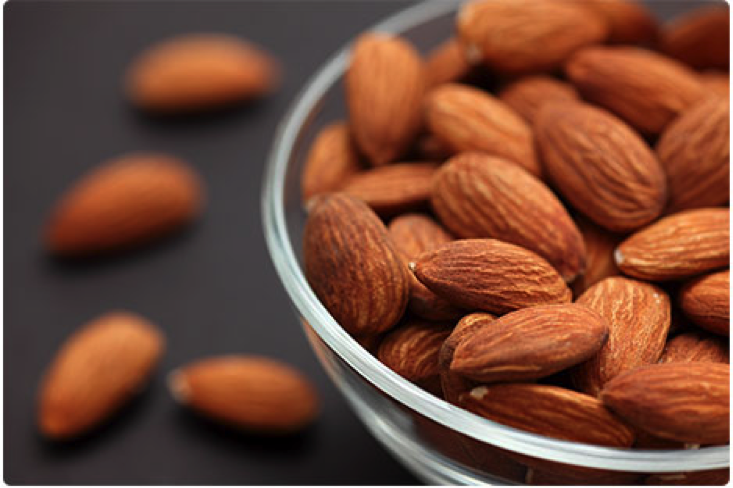California Almond farmers grow virtually 100% of the United States’ (US) supply of almonds, making the U.S. the single largest market for almonds grown in California. We take great pride in providing a wholesome and safe food for consumers in the U.S. and around the world to enjoy, and that’s why it has never been more important for our industry to be doing everything possible to have a state-of-the-art food safety system in place. In fact, every few months, through food recalls we see in the news that are not related to almonds, we are reminded of the importance of a solid food safety program
A Safe and Quality Product Starts in the Almond Orchard
From almond growers and handlers, to processing, packaging and sales, our Food Quality and Safety Program is continually evolving to ensure almonds are produced in a safe, responsible manner throughout the food supply chain, so consumers around the world can have the highest level of confidence in our product.
Specifically, the Almond Board regularly educates its growers and handlers on Good Agricultural Practices (GAPs) in our orchards and Good Manufacturing Practices (GMPs) in our processing plans.
Our program also includes controls such as environmental monitoring and the pasteurization of almonds before being sold to consumers in the U.S., Canada and Mexico. Together, these practices are designed to provide consumers with the safest possible almonds from California.
The “Raw” Deal: Facts about Almond Pasteurization
Nowadays, almond pasteurization is required by law in the U.S, Canada, and Mexico. We see it as our responsibility to provide a safe, pathogen-free, nutritious food product.
Several years ago after two Salmonella outbreaks traced to California almonds, the California almond community conducted research and learned that there is a low level presence of Salmonella occurring naturally in the soil across the whole California almond growing region, which resulted in a risk of low level Salmonella contamination on almonds. We felt it would be irresponsible to have that knowledge and not take an active step to reduce the risk of people getting really sick.
We know that consumers choose almonds for both taste and wellness reasons, and we don’t want to change any of the great qualities we all love about almonds. To that end, several pasteurization methods are used that maintain the raw characteristics of almonds – their taste, texture and nutritional characteristics, including blanching, oil roasting, steaming and using propylene oxide (PPO). PPO is a compound approved by the U.S. Food & Drug Administration for use to pasteurize food products such as nuts, cocoa powder and spices.
Products using all of these methods are widely available, and you can always ask the manufacturer of your favorite products which pasteurization method they use.


